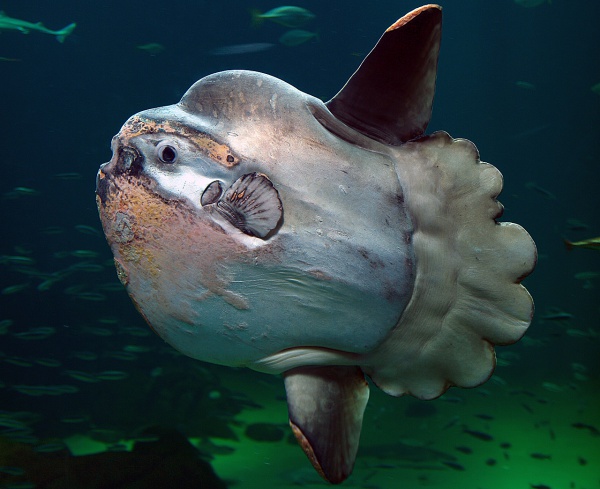Facts About Ocean sunfish
The ocean sunfish, also known as the common mola, is among the heaviest bony fish worldwide. Adult sunfish can weigh anywhere from 247 to 1,000 kilograms. You'll find these fascinating creatures in tropical and temperate waters across the globe. They have a distinct appearance that sets them apart, often described as resembling a fish head with a tail.
Sunfish are generalist predators, meaning they consume a variety of small marine creatures such as fish, squid, and crustaceans. Remarkably, female sunfish can produce up to 300 million eggs at once! Despite their size, they have few natural predators; however, sea lions, killer whales, and sharks occasionally hunt them. In some parts of the world, sunfish are considered a delicacy, but the European Union has banned their sale due to the potential presence of toxins in their flesh.
Often, sunfish are inadvertently caught in fishing nets, particularly gillnets. They belong to the order Tetraodontiformes, sharing some characteristics with pufferfish and similar species. One of their most notable features is their flattened bodies, which lack a swim bladder and possess a unique structure called a clavus instead of a typical tail fin. Sunfish are typically solitary and prefer warmer waters.
For a long time, people believed that sunfish primarily fed on jellyfish. However, genetic studies have revealed that their diet is more diverse. They have an interesting lifecycle, with females capable of laying millions of eggs. Unfortunately, human activities such as bycatch (unintentional capture in fishing gear) and habitat destruction pose significant threats to them.
Several aquariums have successfully housed sunfish, providing visitors an opportunity to observe these unique creatures up close. Despite their large size, sunfish are generally harmless to humans, and injuries are rare. Nevertheless, they can pose a hazard to boats due to the risk of collisions.
Researchers continue to study sunfish biology and behavior to aid in their conservation. Although we have learned a substantial amount about these remarkable fish, many aspects of their lives remain mysterious. This underscores the importance of ongoing research and conservation efforts to ensure their survival.

 Papua New Guinea
Papua New Guinea